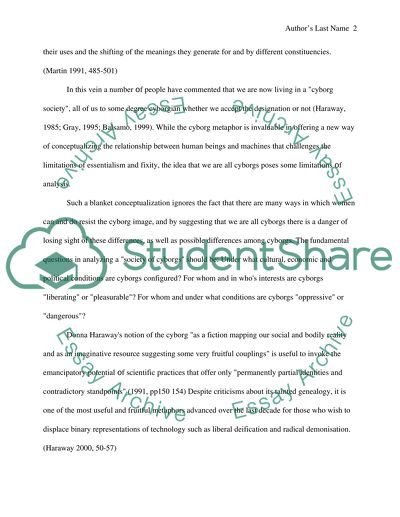Cite this document
(“Role of the Cyborg in Rethinking Gender and The Nature of Essay”, n.d.)
Role of the Cyborg in Rethinking Gender and The Nature of Essay. Retrieved from https://studentshare.org/social-science/1542518-written-on-the-body
Role of the Cyborg in Rethinking Gender and The Nature of Essay. Retrieved from https://studentshare.org/social-science/1542518-written-on-the-body
(Role of the Cyborg in Rethinking Gender and The Nature of Essay)
Role of the Cyborg in Rethinking Gender and The Nature of Essay. https://studentshare.org/social-science/1542518-written-on-the-body.
Role of the Cyborg in Rethinking Gender and The Nature of Essay. https://studentshare.org/social-science/1542518-written-on-the-body.
“Role of the Cyborg in Rethinking Gender and The Nature of Essay”, n.d. https://studentshare.org/social-science/1542518-written-on-the-body.


